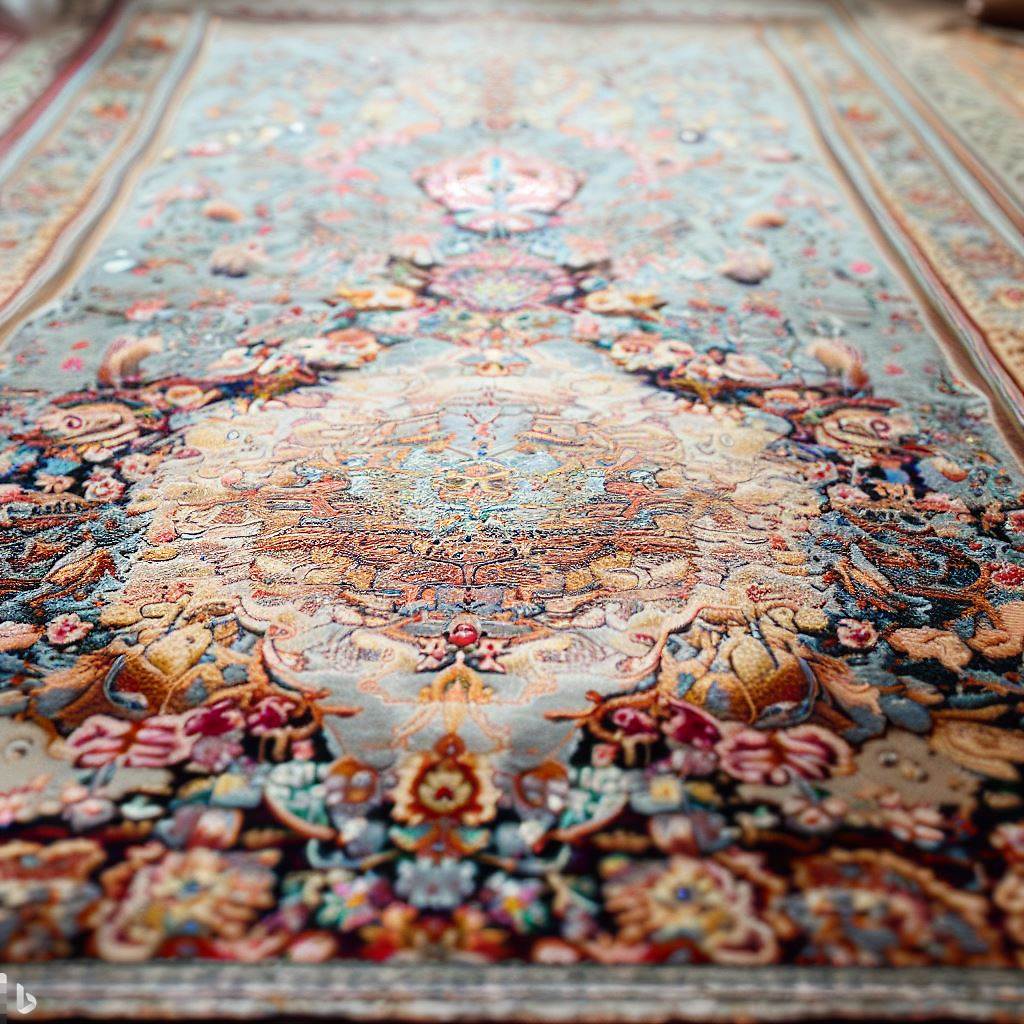Exploring Rug Weaving Styles: From Traditional to Contemporary
Rug weaving techniques produce an incredible diversity of styles. Across cultures and eras, artisans have devised specialized methods for crafting rugs of all types – from primitive hands-spun folk rugs to complex masterpiece tapestries. Weaving styles continue to evolve in contemporary rug design. This article will survey the vast range of traditional and modern rug types classified by their distinct weave constructions. Understanding regional techniques provides insight into cultural roots while appreciating innovative styles reveals rug making’s exciting future.
Traditional Regional Weaving Styles
Geographic origins define many traditional rug types thanks to localized materials, motifs, and time-honored techniques:
Persian
Intricately knotted with lush fibers like silk or wool, Persian rugs feature centralized medallion motifs against ornate backgrounds. Designs are traditional with stylized florals.
Navajo
Navajo rugs are woven on vertical looms in designs based on Native American culture. Common motifs are diamonds, stripes, and geometric shapes in earth tones.
Scandinavian
Scandinavian rugs have graphic repeating patterns in bright contrasting colors. Traditional designs include abstract shapes, lines, and iconography with symbolic meaning.
Chinese
Chinese rugs typically contain traditional motifs like pagodas, flowers, animals, and symbols. Serene blue and celadon green colors evoke historical Chinese porcelain.
Afghan
Afghan rugs often feature abstract tribal motifs and traditional patterns like the Bukhara. Intricate patterns are woven from handspun wool in vibrant hues.
Unique Regional Weave Constructions
Weaving techniques also reflect geographic heritage:
Dhurrie (India)
Dhurries involve flat cotton weaving with short pieces of different colored yarn woven in to form patterns. The reverse side displays small tufts of colored threads.
Soumak (Central Asia)
Soumak rugs have a woven braided texture made by wrapping thick weft threads around warp threads in a zigzag pattern. Fuzzy decorative textures result.
Rag Rug (Europe)
Rag rugs are woven using salvaged fabric strips on a simple loom. The fabric’s selvages provide the rug’s fringe. Designs are basic stripes or checks.
Shag/Flokati (Greece)
Shaggy flokati rugs are densely handwoven from fluffy sheep’s wool. Long twisted yarn loops compose the plush pile. Natural undyed whites are traditional.
Warp-Faced (Latin America)
Warp-faced weavings have more exposed vertical warp threads than tightly packed horizontal weft threads. Warps often form graphic line patterns.
Innovative Contemporary Weaving Styles
Today’s rug designers are pioneering new techniques and avant-garde aesthetics:
Hand Tufted
Yarn is hand punched through backing to create a plush pile. Glue adheres the loops. Hand tufting allows vibrant contemporary designs.
Carved Contemporary
Artisans hand carve modern graphic designs into rug piles. Carved lines produce textural sculptural effects.
Recycled Fabric
Old clothing and textiles are cut into strips, yarns, or patches then woven into environmentally friendly repurposed rugs.
Shaped Contemporary
Non-rectangular shaped rugs like circles, clouds, and puzzles create dimensional contemporary installations. Digital printing transfers photographic images.
Hand Drawn
Artists use tools to hand draw or paint directly onto blank rug canvases, creating unique fiber artworks.
Objet
Three-dimensional objects are affixed to rug fields creating opaque mixed media fiber collages. Items may include beads, sticks, or cloth dolls.
Blending Old and New Weaving Elements
Many modern rugs artfully integrate traditional and contemporary qualities:
Modern Tibetan
Tibetan knots are woven in contemporary designs like abstract geometrics instead of traditional motifs. Handspun Himalayan wool remains.
Updated Oushak
The ornate designs are reinterpreted in graphic modern styles but still woven using quality handspun wool.
Contemporary Kilim
Weavers give the flatwoven tapestry kilim style a modern edge by adapting traditional symbols into abstract pixelated forms. Vintage looks fresh.
Tribal Abstract
Soft abstract watercolor hued shapes and layered dimension reference native weavings from around the globe. Freeform designs feel modern yet tribal.
Digital Ikat
The elaborate ikat resist dyeing technique transforms into graphic pixelated digital patterns when adapted for contemporary rugs. Traditional processes meet digital art.
Innovative Repurpose
Unused vintage handwoven rug fragments are creatively incorporated into contemporary collaged designs featuring bold graphics and rich textures. Tradition inspires innovation.
Blurring Boundaries Through Experimental Weaving
By fusing craft techniques with fine art practices, weavers break traditional rug making boundaries. Experimental rugs make sculpturesque artistic statements. Tradition still underpins innovation in stunning contemporary rugs arising from a mix of engineering, chemistry, digital technology, and unbridled creativity. Rug making continues progressing as an cutting edge artform thanks to new technologies combined with ancient hand working skills. The future promises ever more amazing woven creations.
